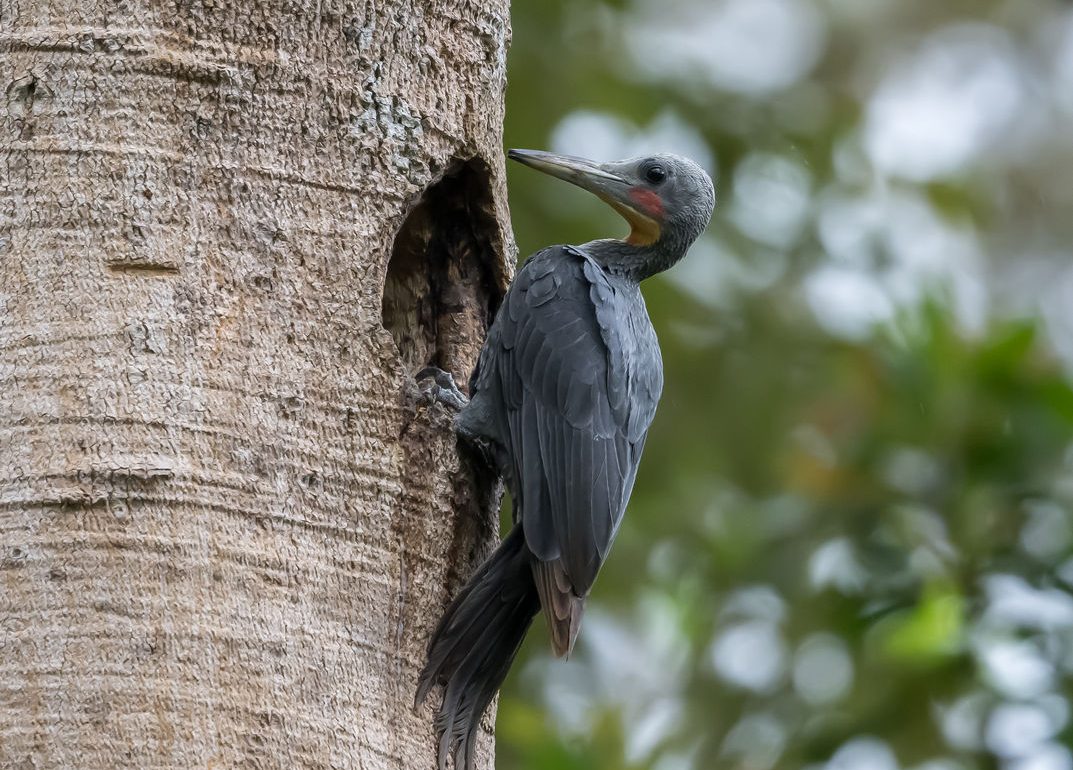
Alas Purwo National Park is a great place to see Green Peafowl. But this post is about the other species there, sharing the savanna and the surrounding forests with the peafowls.
Admittedly, some of them are pretty ugly. Only a mother could love the sight of a Lesser Adjutant.
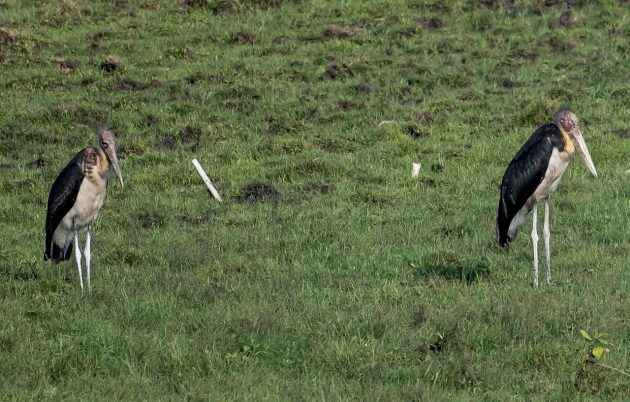
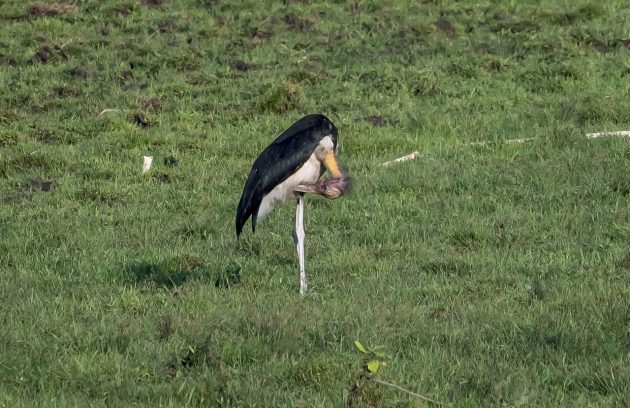
Despite a wide distribution range, Lesser Adjutants are categorized as Near Threatened, with a global population of 8,000-15,000 individuals and the usual depressing rationale for the drastic decline in their numbers: “persistent and unregulated harvesting of eggs and chicks at colonies, loss of nesting trees and loss and degradation of wetland habitats” (Cornell).
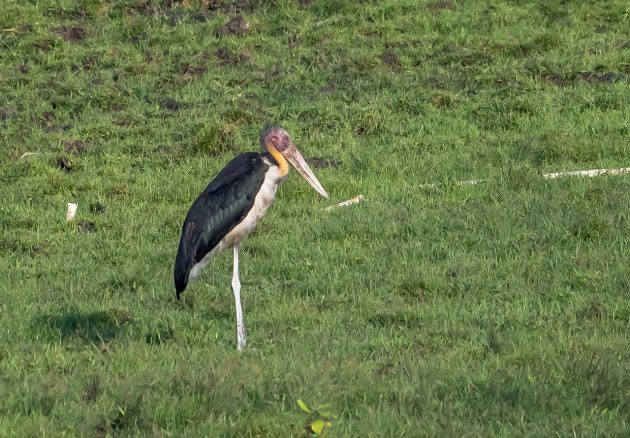
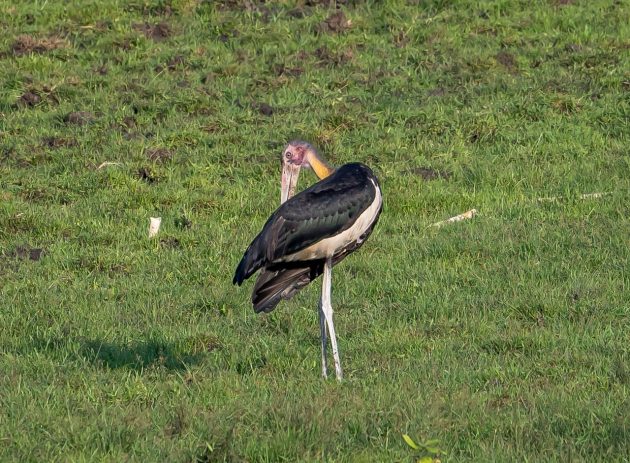
Another member of the stork family, the Asian Woolly-necked Stork, is also present at Alas Purwo.
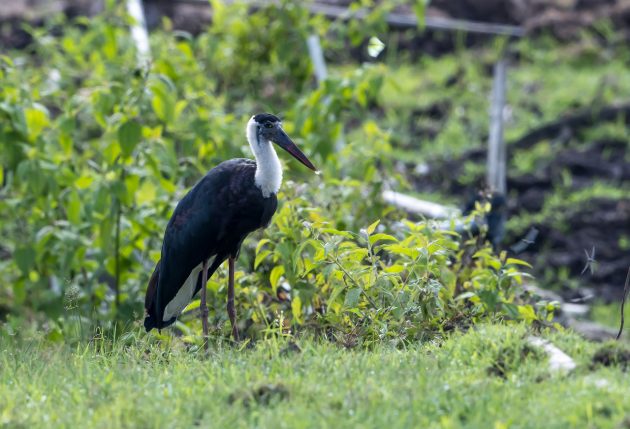
It is also listed as Near Threatened due to the decline of its population, though at 50,000-250,000 individuals, this number is much higher.
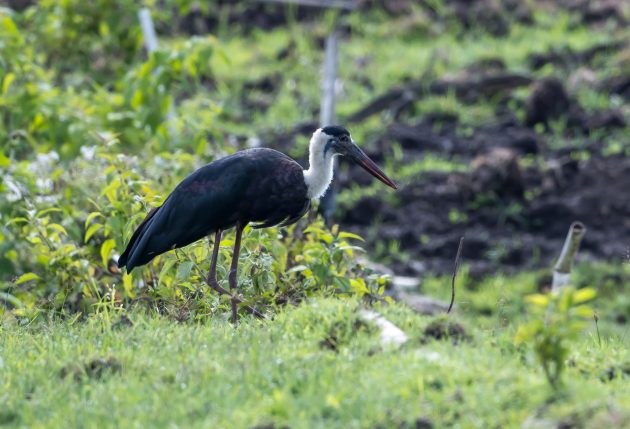
On a positive note, the Asian Woolly-necked Stork can coexist with farmers, at least in Nepal (source). It helps that in Nepal, the storks are considered the incarnation of Garuda, the king of birds in Hindu mythology. That is the kind of superstition I applaud.
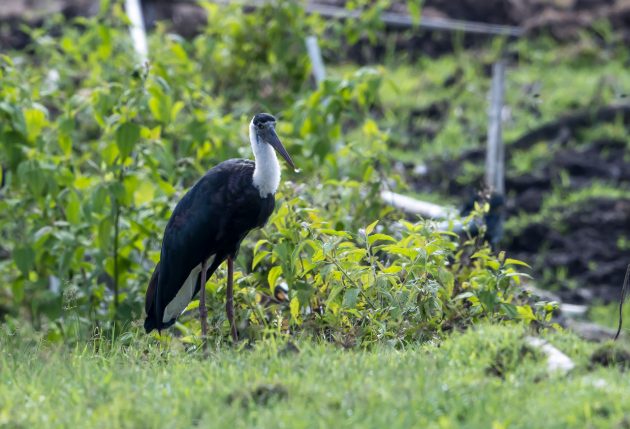
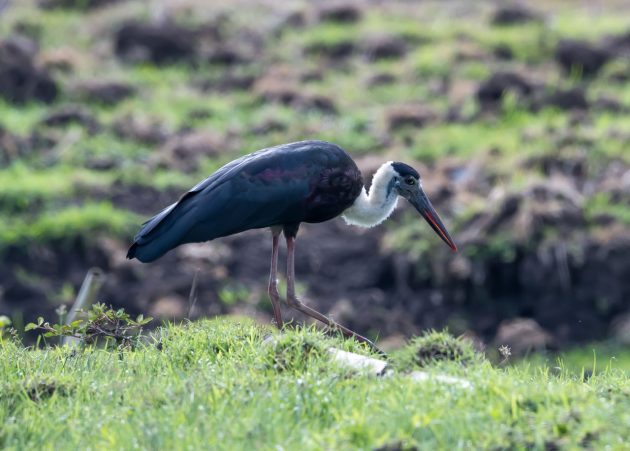
Collared Kingfishers sit high up on trees at the edge of the savanna and sally out to catch prey, then return to their original position.
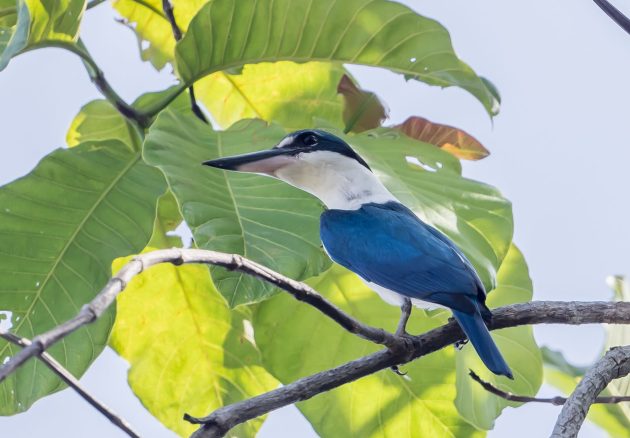
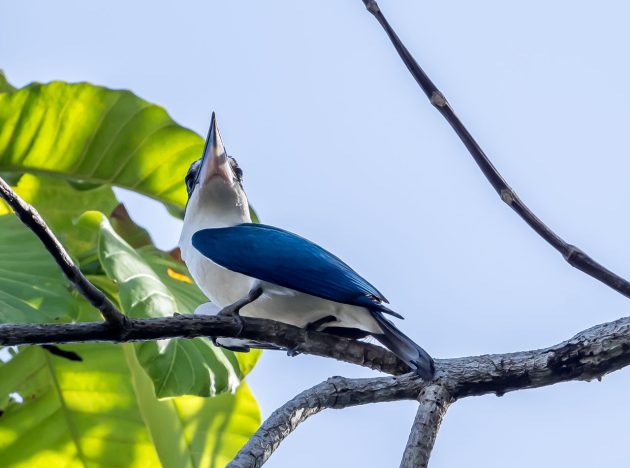
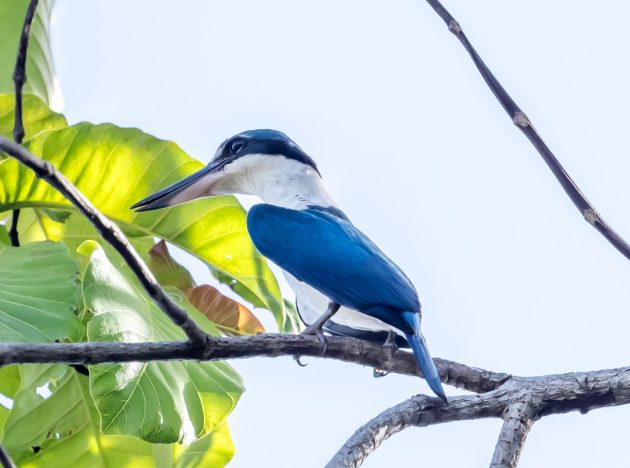
The Chestnut-headed Bee-eater has a similar foraging strategy.
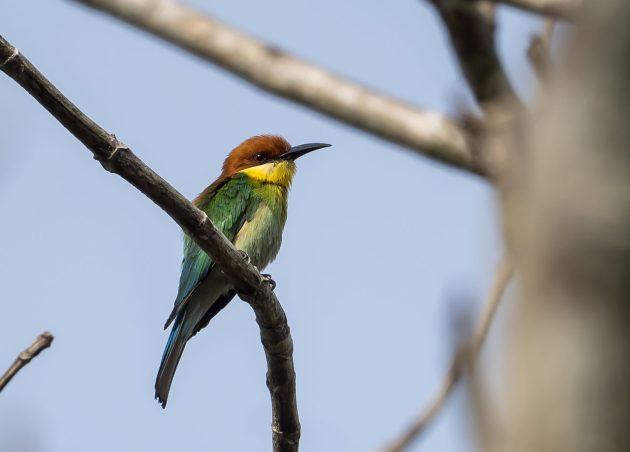
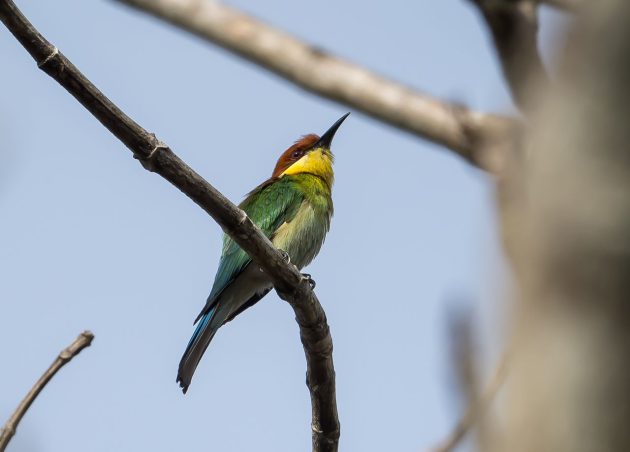
Like the two stork species, the Yellow-throated hanging Parrot is listed as Near Threatened.
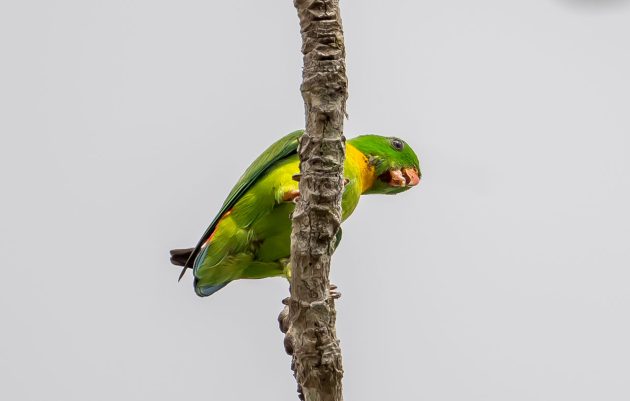
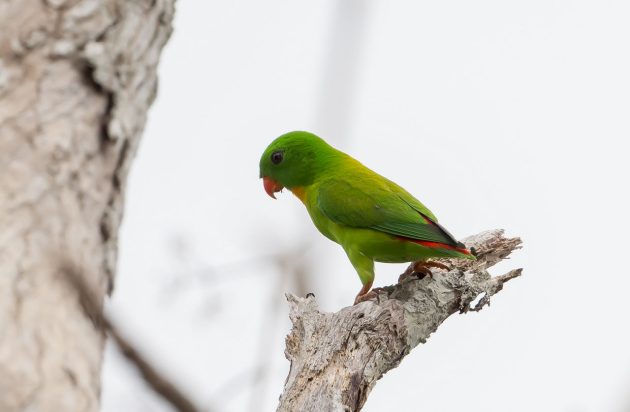
With a length of 12 cm, it is quite small – which is also reflected in its scientific name Loriculus pusillus (pusillus means tiny).
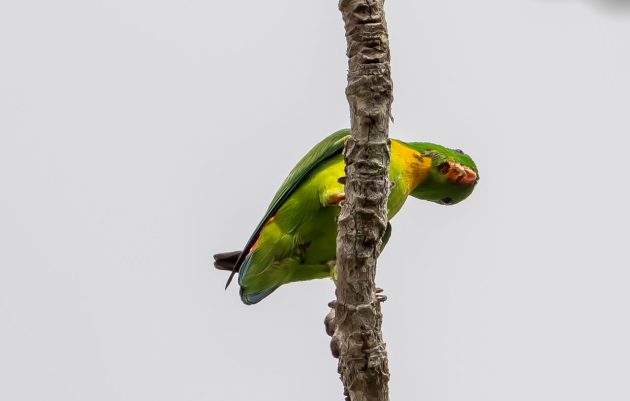
Have you ever wondered how to anesthetize a Crested Serpent Eagle?
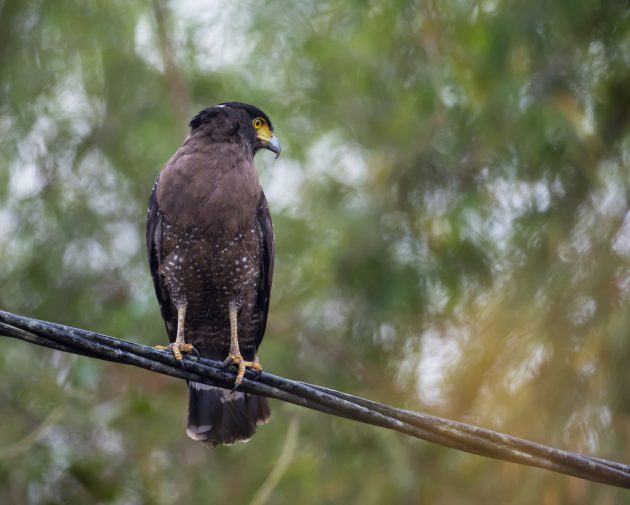
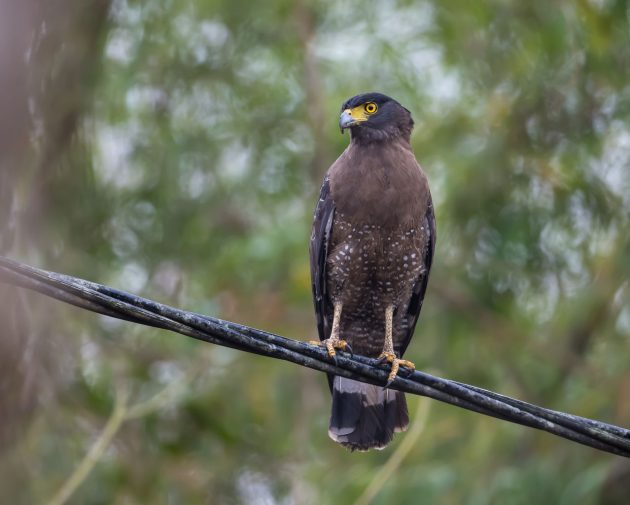
Fear not. There is a Japanese paper on “Anesthesia with Isoflurane and Sevoflurane in the Crested Serpent Eagle”, complete with details about the procedure and a recommendation (sevoflurane works better).
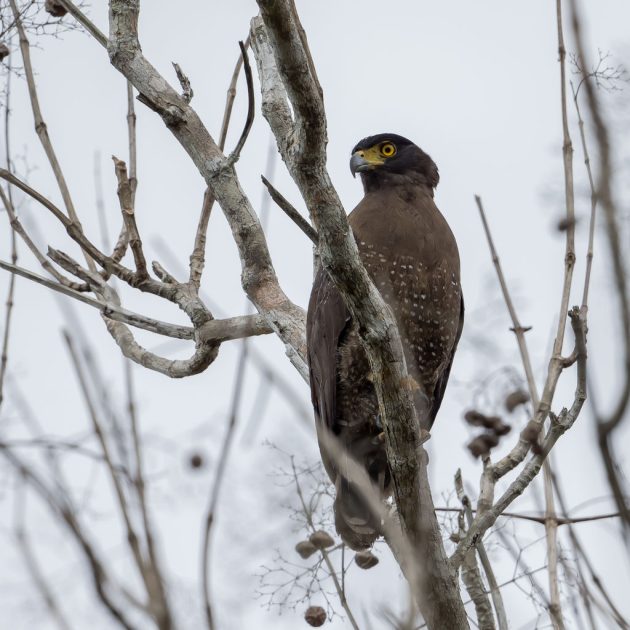
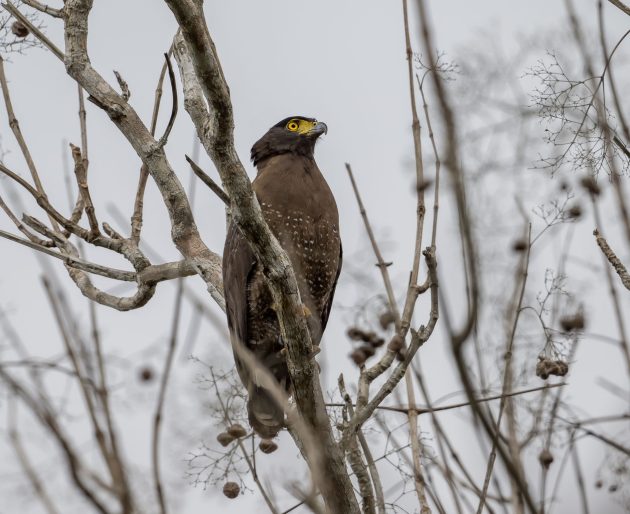
I could not find a similarly helpful paper for the Oriental Pied Hornbill. But there is one on the “surgical treatment of femoral fracture in captive Oriental Pied Hornbill”.
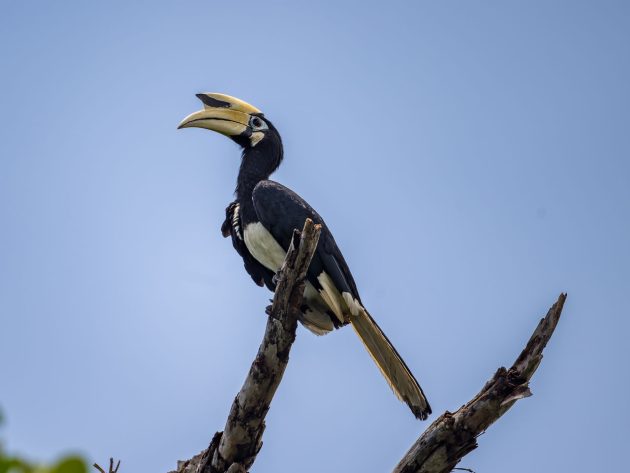
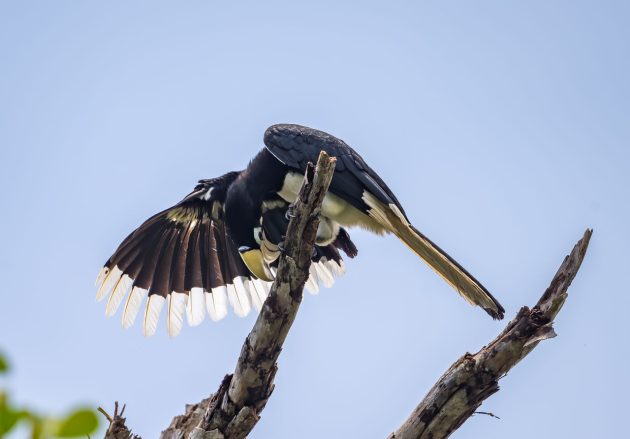
These hornbills prey on the nests of small other birds, at least in Singapore (source) …
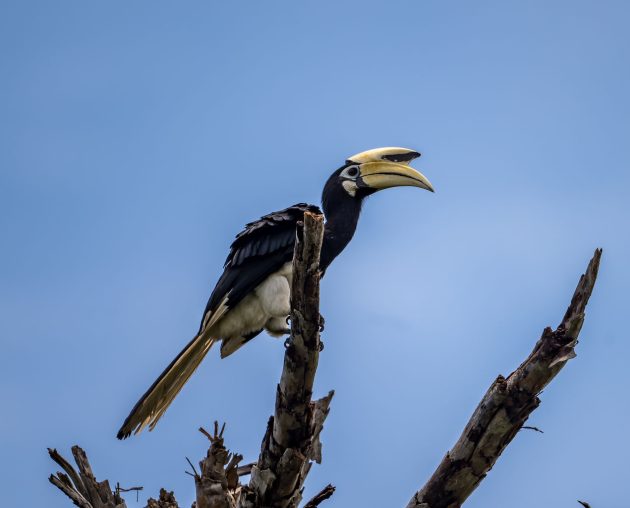
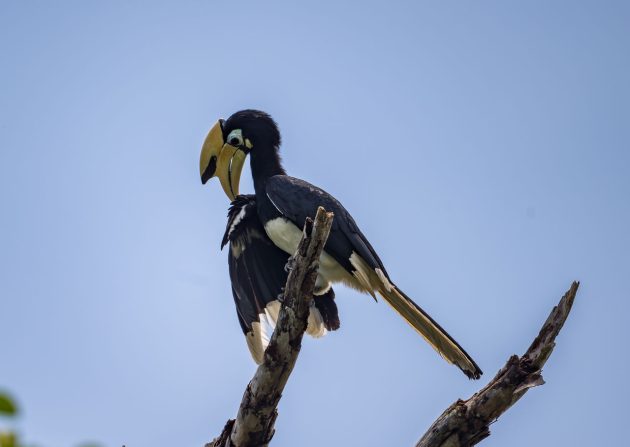
… while at the same time, they also may be the victims of predation, for example, by sun bears.
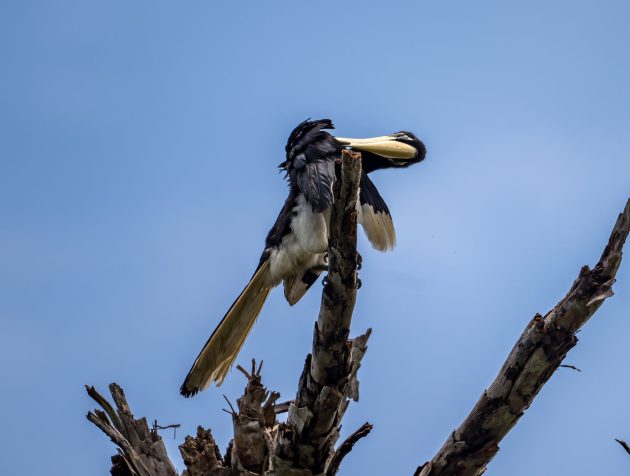
Another attraction at Alas Purwo is the woodpeckers. Before going into details, here is a general reference from 1964 for those who dislike woodpeckers: “Woodpecker Damage to Utility Poles: With Special Reference to the Role of Territory and Resonance”.
A Laced Woodpecker made it into (very minor) scientific news twice – once when it was reported to have flown over at least 5 km of open water, based on ringing records …
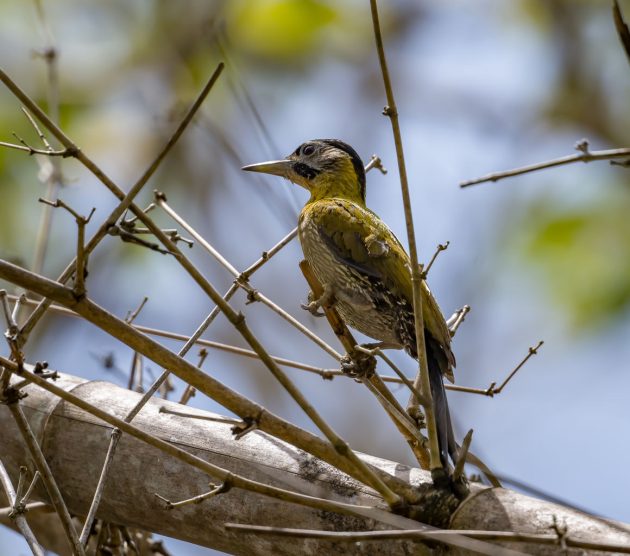
… and then again when another researcher stated that this claim was inaccurate.
Cornell states that the Banded Woodpecker is rare in Java, so I guess I was lucky to see it.
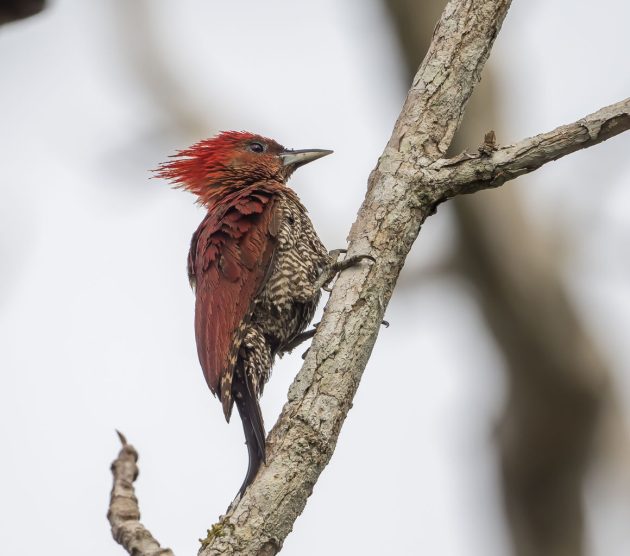
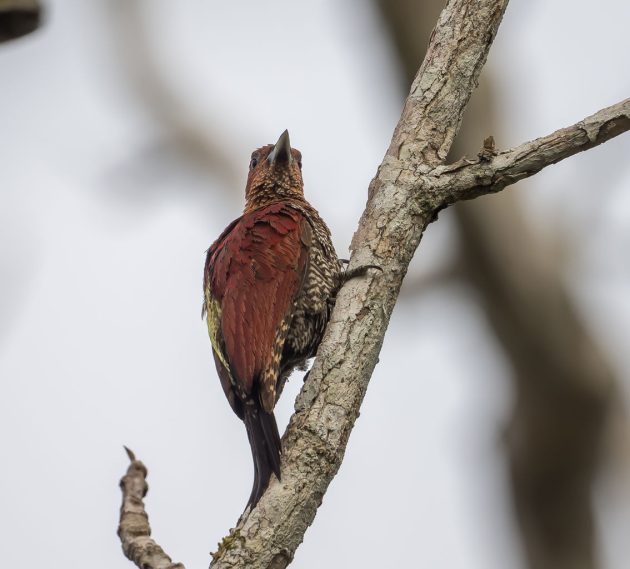
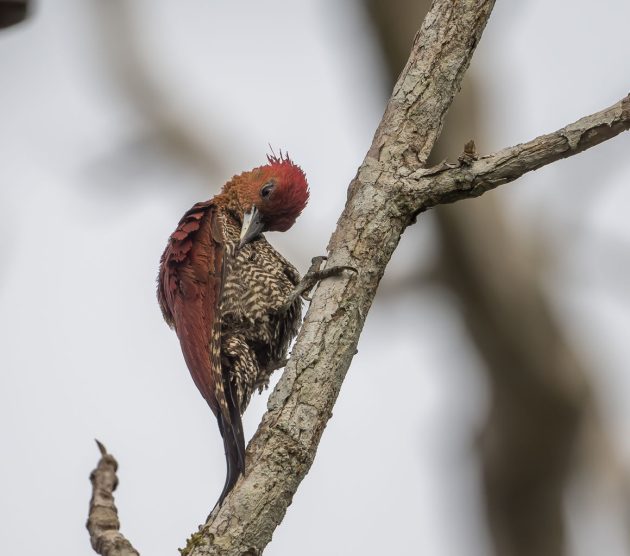
Indeed – as the Cornell profile says – this individual spent a considerable time at a single location. The species should be given some kind of award by bird photographers.
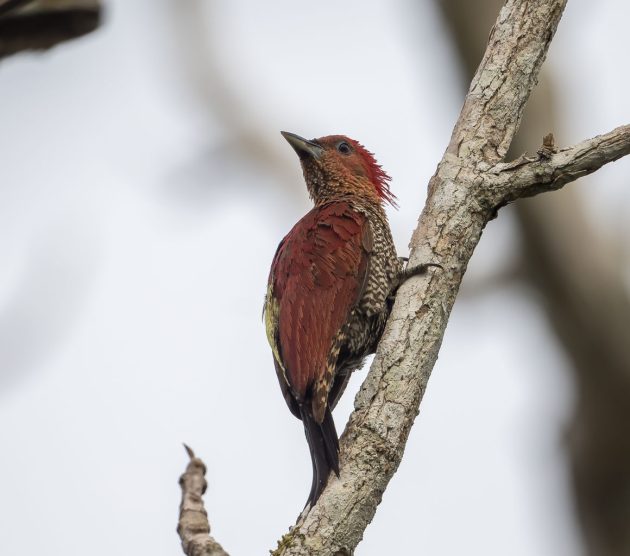
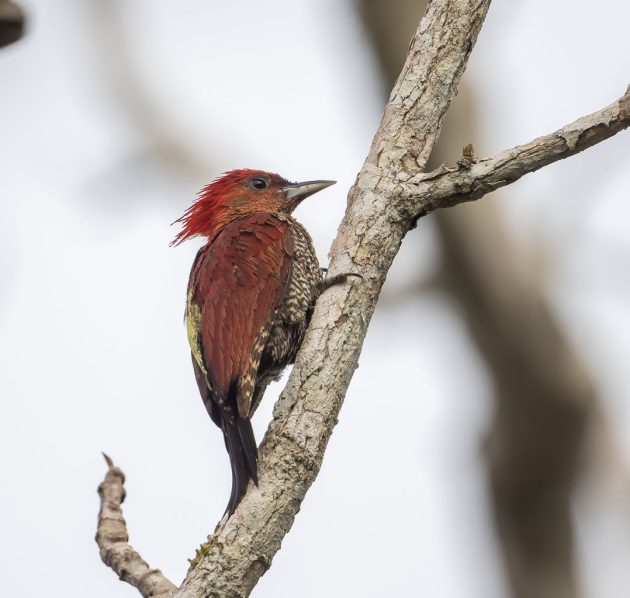
The most interesting among the woodpeckers was a Great Slaty Woodpecker periodically returning to its nesting hole.
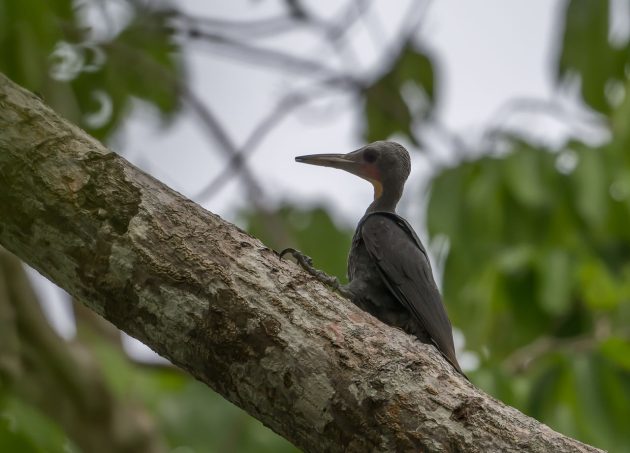
The lipstick smear under the bird’s mouth identifies this one as a male (call it a malar if you want to sound more professional than me).
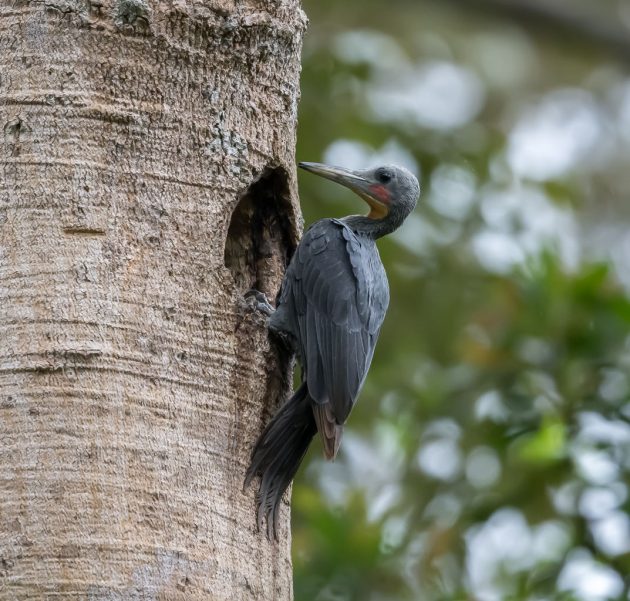
It is the biggest woodpecker species that is definitely not extinct (I know, there have been some sightings of the Ivory-billed Woodpecker at Roswell, but let’s discount those). eBird calls it “Gangly and prehistoric-looking”.
It is listed as Vulnerable as about 90% of the global population has been lost over the past 100 years, and Cornell adds a rather bleak sentence for this specific bird and location: “exceedingly rare in Sumatra and Java, and not likely to survive”.
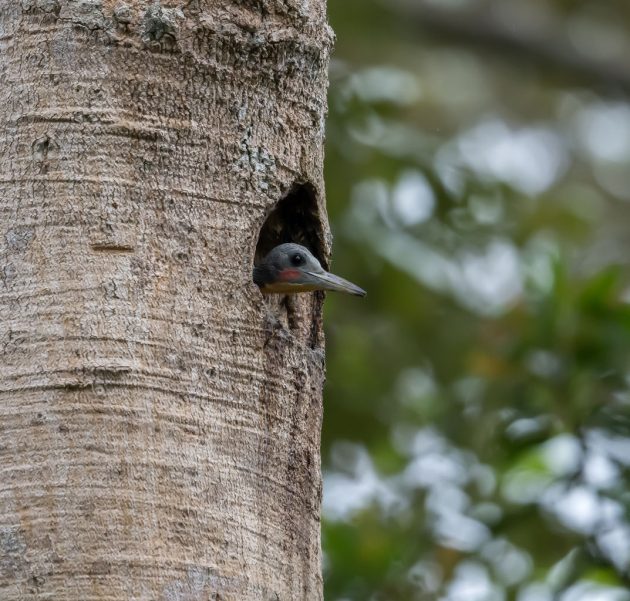
The scientific name Mulleripicus pulverulentus needs some explaining. Pulverulentus means powdered, presumably hinting at the overall grey color or the whitish feather tips. The picus just means woodpecker while Salomon Müller (1804-1863) was a German explorer and collector in the East Indies. According to this site, he is getting more popular on Wikipedia:
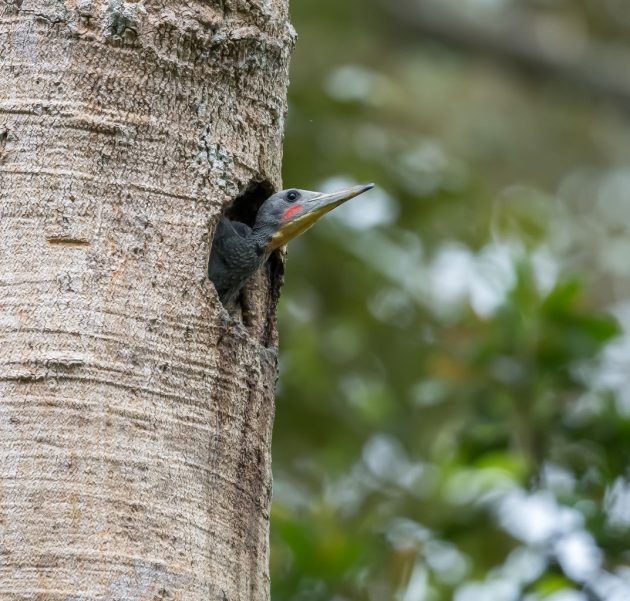
“Salomon Müller is the 553rd most popular biologist (up from 611th in 2019), the 3,860th most popular biography from Germany (up from 3,898th in 2019), and the 122nd most popular German Biologist.”
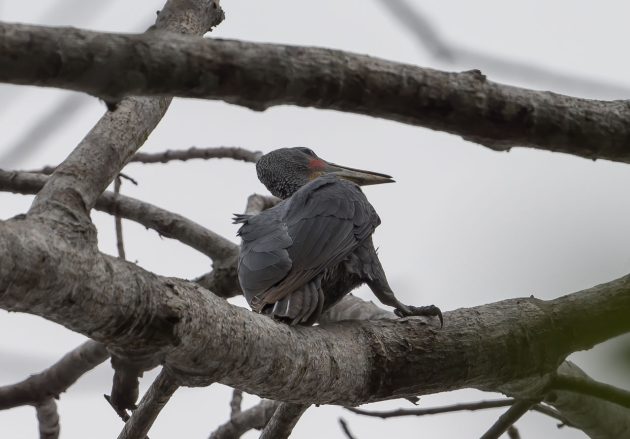
And an Olive-backed Tailorbird in the end credits, when nobody is reading anymore anyway.
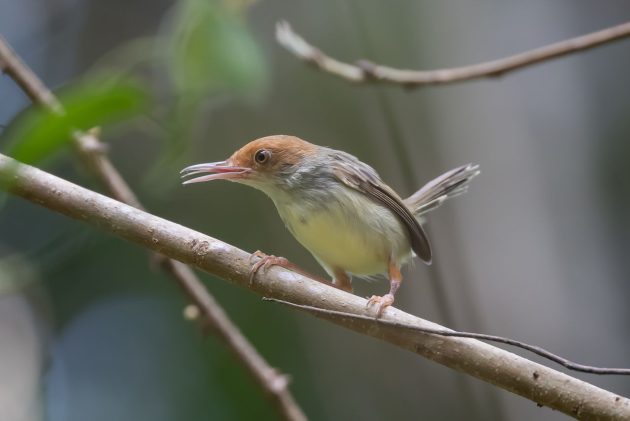
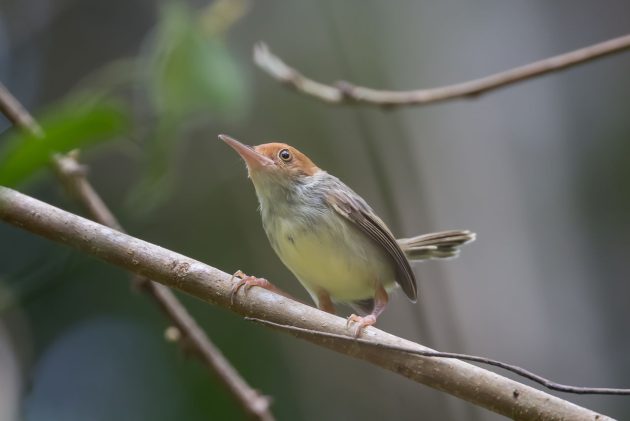
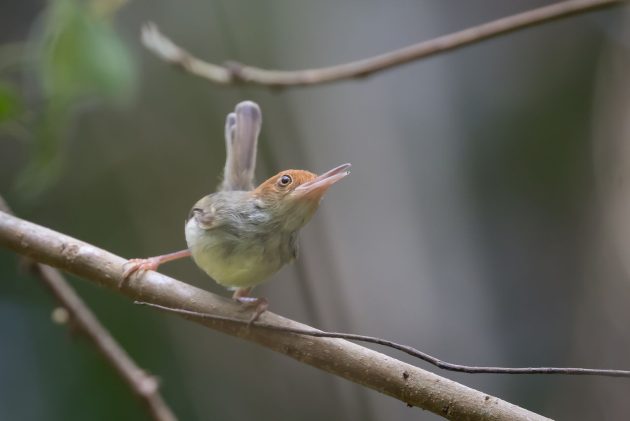
Not a bird but also in the trees: a Giant Squirrel.
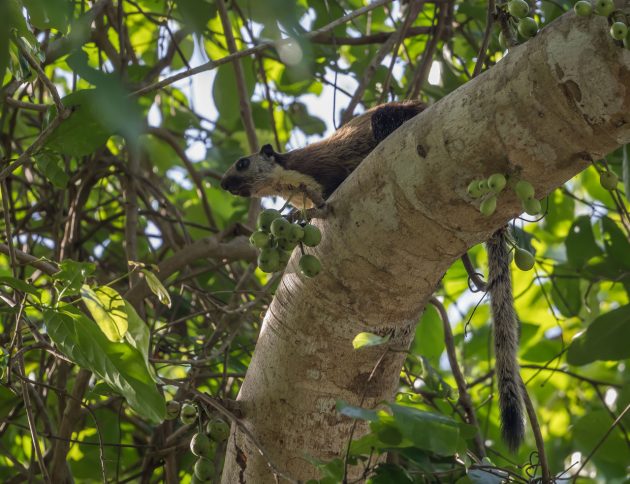
Finally, on the ground, for once the colorful bits and pieces are not plastic trash but butterflies.
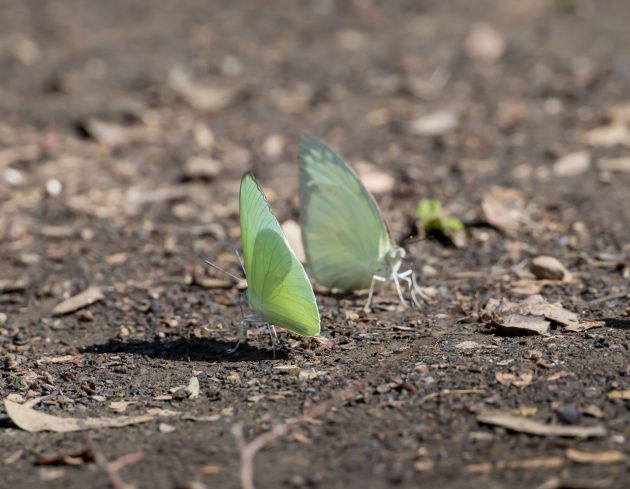
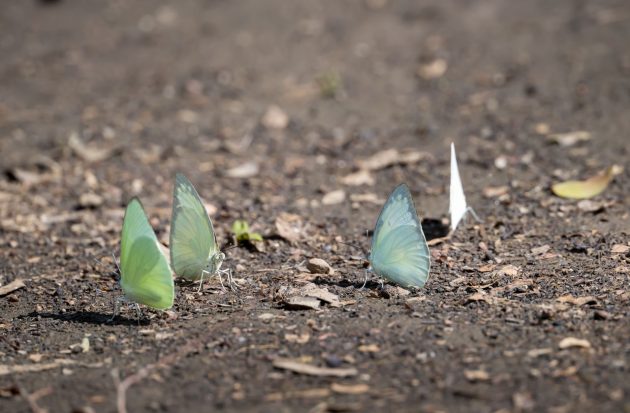



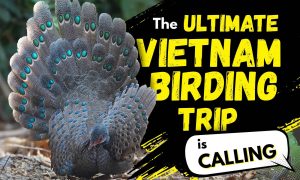

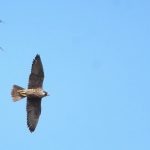
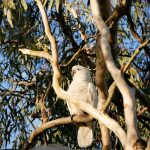
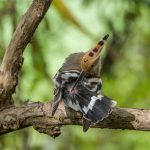
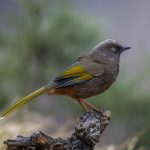

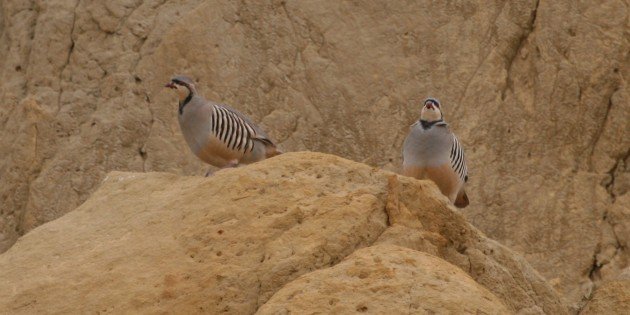

Great birds, but what species are the butterflies?